The Quiet Panic of Parting Ways
You grab your bag. Your pet stares. Somewhere between the door and your shoes, the guilt creeps in. But deep down, you know there’s no option other than sticking to your plan and walking out. Once again, it’s you who ends up failing your pet’s expectations. Sometimes it’s us who need to be comforted about leaving them alone. That little pause at the door isn’t just for them.

The good news is, there’s a smarter way to ease that tension on both ends. Interactive toys give your pet something to focus on, something fun to look forward to, and something to keep their paws busy while you're away. It’s like gifting them a tiny job to do while you handle yours.
In this guide, we’ll show you how the right toy can turn a tense goodbye into just another peaceful part of your routine.
First, Do You Know the Signs? Identifying Separation Anxiety in Dogs and Cats
There are some telltale behaviors that show up when pets feel insecure while you're away.
Common Signs in Dogs
- Chewing furniture, doors, or anything near the entry
- Barking or whining that continues long after you’ve left
- Pacing in loops or patterns
- Accidents inside, even with good training
- Attempts to escape crates or rooms
These behaviors usually happen right after departure and reflect a dog’s need to cope with uncertainty.
Common Signs in Cats
- Over-grooming that creates bald patches
- Urinating outside the litter box
- Vocalizing at unusual times
- Hiding or becoming unusually needy
- Knocking over objects or scratching where they usually don’t
Cats may not be dramatic about it, but their stress still shows up if you know what to watch for.
Why Interactive Toys Can Shift the Experience Entirely
Interactive toys can actually help retrain your pet’s brain. The goal in this context is to help them feel secure and confident on their own.
Mental Stimulation Builds Emotional Stability
A busy mind is a calmer mind. Interactive toys help pets channel energy into solving, pawing, chewing, and thinking. That mental work tires them out in the best way. It creates focus and helps reduce the restlessness that leads to stress.
Whether it’s nudging a treat out of a dispenser or sniffing through a mat to find kibble, this kind of play builds independence and releases built-up tension.

From Destructive to Productive
When pets are anxious, they look for an outlet. That’s how your shoes, couch, or curtains end up in trouble. Interactive toys offer an alternative. Instead of chewing your favorite blanket, they chew on something designed for the job.
Redirection like this doesn’t just protect your stuff. It gradually teaches your pet that alone time doesn’t have to feel frantic or out of control.
Turning Leaving into a Positive Moment
Imagine this. Every time you leave the house, your pet hears the jingle of your keys and thinks, "Snack puzzle time." That’s the shift interactive toys can create.
If a toy only comes out when you're about to leave, it becomes a positive cue. Over time, your pet starts associating your departure with something fun. The goodbye becomes less dramatic and more routine.

The Ultimate Buyer's Guide: Choosing the Right Toy for the Job
Not every toy is going to work for every pet. But with the right match, the results can be impressive. Here's a breakdown of the most effective types of interactive toys to support your pet when you're away.
Food-Dispensing Toys
These are the classics when it comes to easing separation anxiety. They take your pet’s favorite treats or kibble and turn them into a task. Chewing, rolling, or pawing becomes a rewarding process that stretches time and holds focus.

Puzzle-Based Toys
Puzzle toys are made to be figured out. Flip here, lift there, paw that. They’re great for pets who like to solve things or need a bit more mental work to feel settled. Some can be adjusted in difficulty, which helps prevent boredom once your pet gets the hang of it.
Motion or Cheerble Collection | Smart Pet Toys | Fun & Play
Toys that move or respond on their own are ideal for pets that crave a bit more action. Some bounce, wiggle, or respond to touch. Others might work on a timer or include treat-release functions that activate automatically, giving your pet something to react to throughout the day.

Sniff-and-Search Toys
While not as flashy, toys like snuffle mats or textured scent toys appeal to your pet’s most natural instincts. Nose work is both calming and tiring in the best way, making it a solid option for anxiety relief with minimal noise or motion.
What to Look For
- Durability: Strong enough to hold up to repeated pawing and chewing
- Safety: Made from non-toxic, pet-safe materials
- Ease of Cleaning: Simple to rinse or dishwasher-safe options make life easier
- Adjustable Difficulty: So you can level up as your pet learns
How to Introduce the Toy in a Way That Works
Getting the toy is one thing. Using it the right way is what makes it effective. These steps help set your pet up for success.
Step 1: Keep It Exclusive
Only bring out the interactive toy during times you plan to leave. This makes it feel special and gives it extra reward value in your pet’s mind.
Step 2: Start Easy
Let your pet succeed quickly the first few times. Use high-value treats and set the toy to its easiest mode. Confidence builds trust and engagement.
Step 3: Try a Practice Departure
Don't jump into long outings right away. Start with short periods—just a few minutes—while your pet engages with the toy. Slowly extend the time so your pet gets comfortable on their own.
Step 4: Make It Part of the Routine
Use the toy as the last thing you give before leaving. That final step becomes a new cue. It’s your way of saying, "You've got this. I'll be back soon."

Other Tricks That Work Well with Toys
Toys are powerful, but not the only tool. A little exercise before you leave can help burn off nervous energy. Crate training gives some pets a secure den to rest in. For more complex cases, behavior training or speaking with a vet can provide helpful next steps.
Summary: Calm Starts with a Plan
Separation anxiety doesn’t have to control your pet’s day—or yours. It starts with noticing the signs, then offering structure and engagement. Interactive toys give pets something to do, something to solve, and something to enjoy when you're not there.
They’re more than a distraction. They’re part of a calm, supportive routine that builds confidence and emotional balance.
Frequently Asked Questions: Interactive Toys and Separation Anxiety
Q1: How long should a dog play with a puzzle toy?
Anywhere from 15 to 30 minutes is typical. Some pets go longer, especially when the toy is well matched to their play style.
Q2: Can interactive toys make anxiety worse?
Only if the toy is too hard or confusing. Always start with low difficulty and supervise early use to make sure it's a fun, successful experience.
Q3: Are snuffle mats good for separation anxiety?
Yes. They encourage foraging and sniffing, which are calming behaviors for many pets. They’re also quiet and easy to use


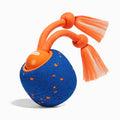
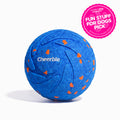
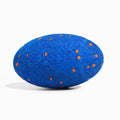

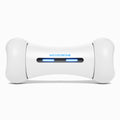
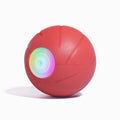
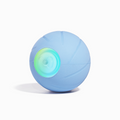
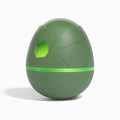
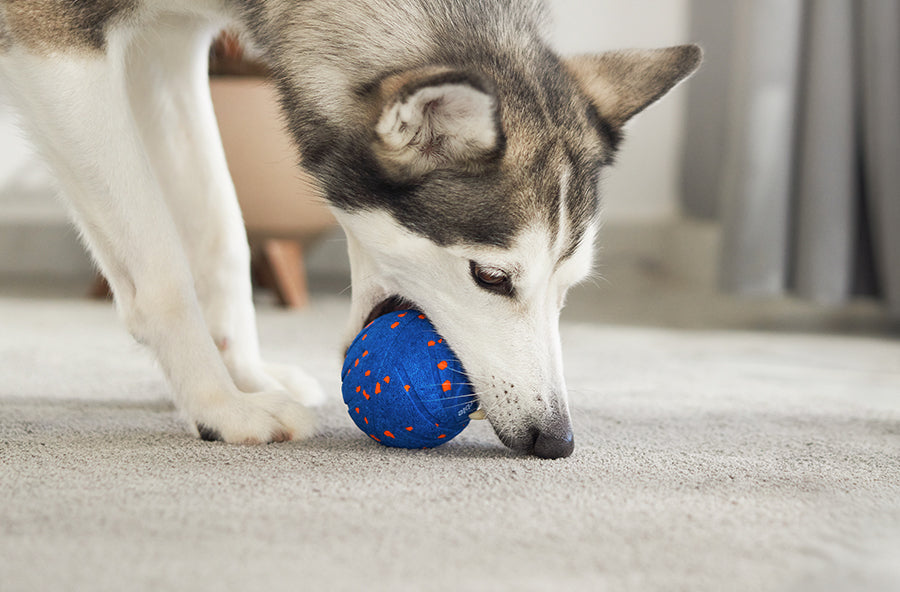
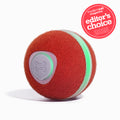
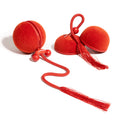
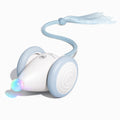
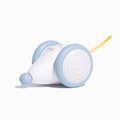
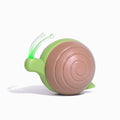
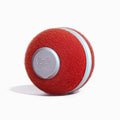
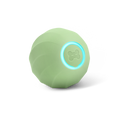
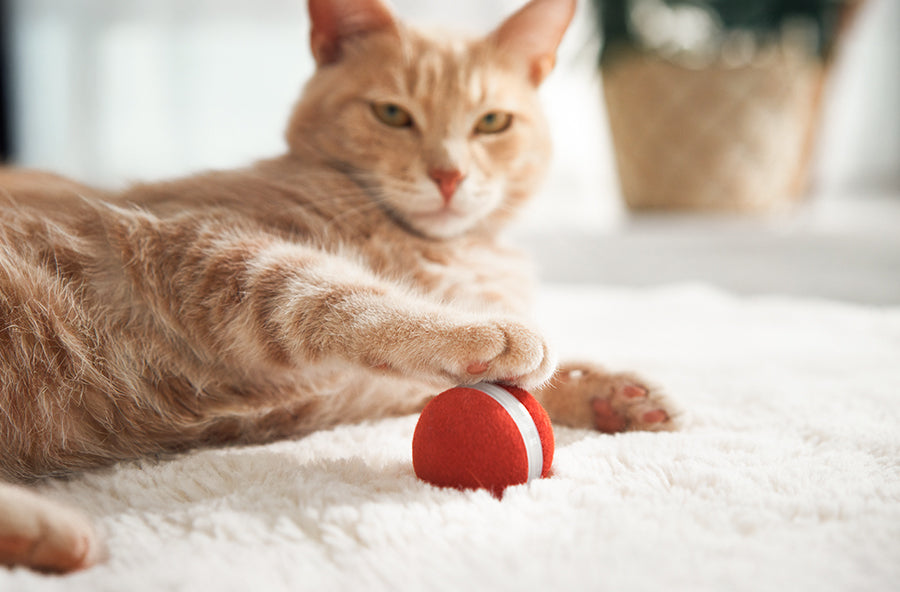
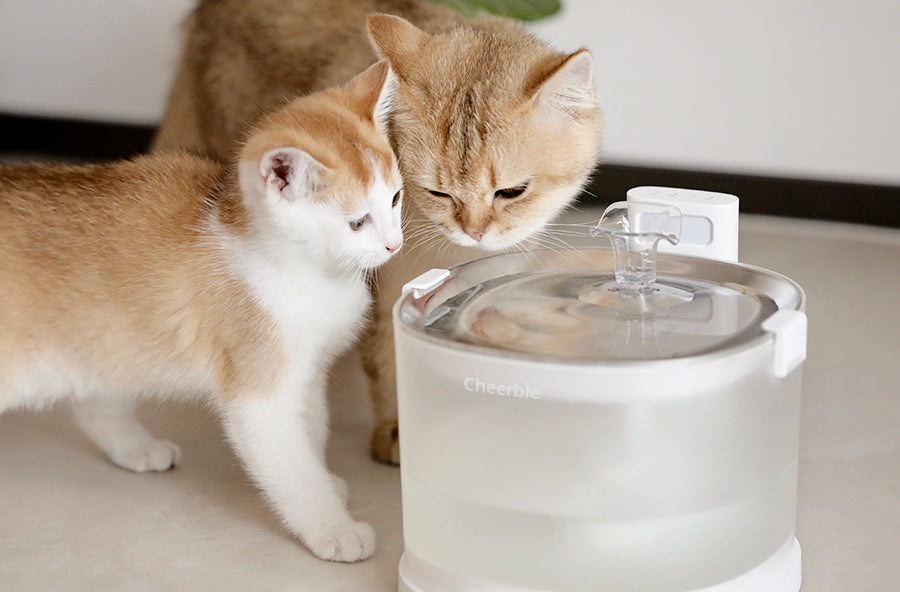
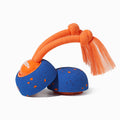
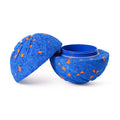
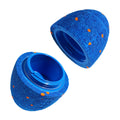
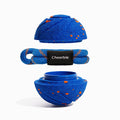
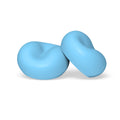
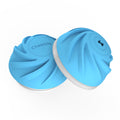
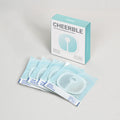
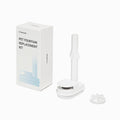
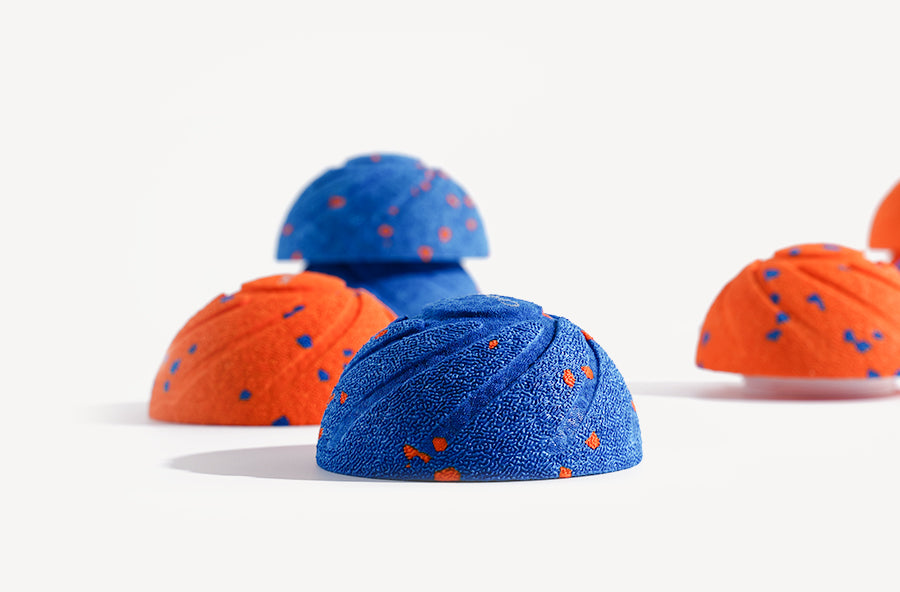
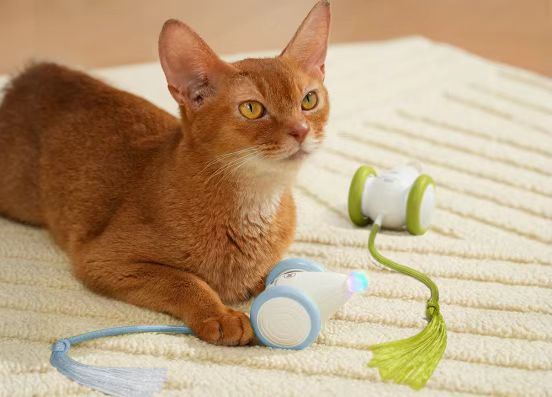
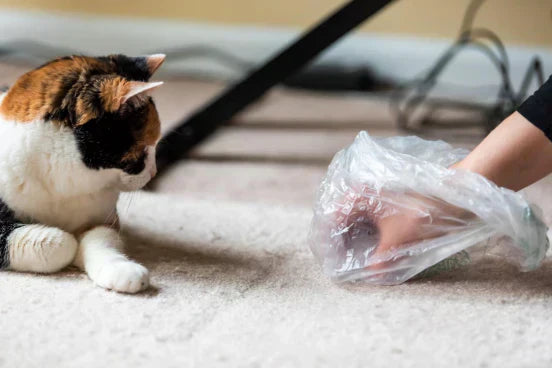
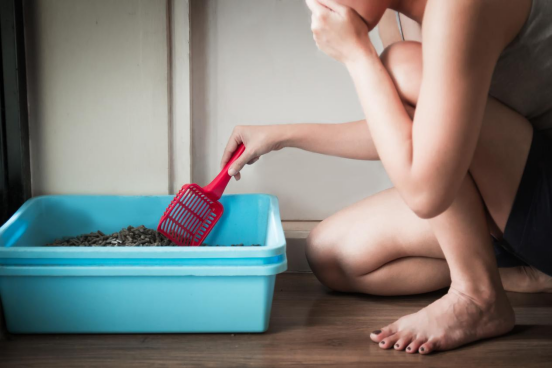

Leave a comment
All comments are moderated before being published.
This site is protected by hCaptcha and the hCaptcha Privacy Policy and Terms of Service apply.